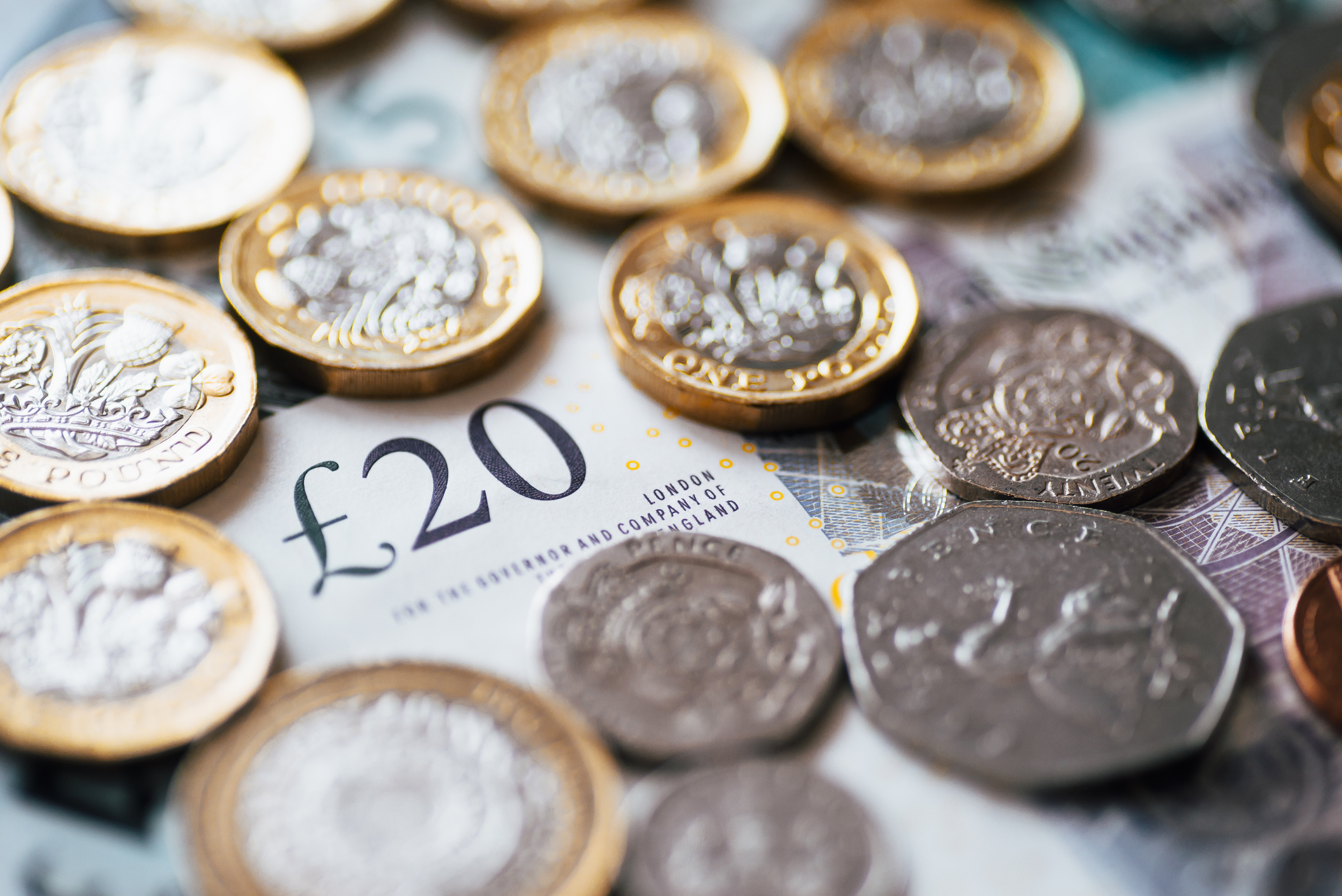

Rhiannon Sanders
22nd June, 2018
Hot Topics
Two steps forward, one step back…
Walking down to the shops with my Dad to buy sweets on a Sunday morning was a weekly tradition when I was a little girl. The name of the game; maximising the number of sweets given the pocket money in my purse. Penny chews were an obvious choice; you get a lot of bang for your buck! If I was feeling flush, I’d have plumped for a packet of Polos at 7p, or even a Lion bar at 18p if I was really rocking. This was the 80s. Fast forward to 2018 and the price of the latter two now stand at around 60p and 80p respectively. I’m pretty sure penny sweets don’t exist anymore and don’t even get me started on how anything sugary and seductive has magically shrunk!
So over the course of 30 years the cost of my sweet tooth has increased dramatically. According to the Office for National Statistics, combined inflation as measured by the Retail Prices Index has been 163.2% (Source: Financial Express Analytics). This means on average the general cost of goods and services over this period has more than doubled. In the case of my sweets, inflation has been significantly more at more than 400%, so the confectionary industry must have very healthy coffers! Average annual wage growth has struggled though, falling from just over 12% in 1988 to around 2.5% in 2017. For the workers and ‘accumulators’ (aka savers) among us, it’s been a tough gig trying to know how much to save for later life. To give your retirement plan a helping hand, it’s been vital to achieve returns above the level of inflation.
For those who have reached retirement already, after working hard for many years it would be devastating to see your life savings fall dramatically because you’ve taken on too much risk. The temptation for many is to ‘bank’ the money in cash deposits because at least then it can’t lose value, right? Well not quite – often the interest paid on cash deposits does not match inflation, so the value of your money in real terms will fall i.e. the same £100 buys fewer Polos!
If inflation is running at 2%, to simply maintain the buying power of your bank account balance you would need an equivalent gross savings rate of 2.5% for basic rate tax payers or 3.33% for higher rate tax payers. Your savings allowance of up to £1,000 per annum (£500 for higher rate tax payers) goes some way to improving this position, however, any interest that you do receive is still added to your tax return and can push the tax on other income higher – a double whammy. Tax aside, we can’t find too many accounts that pay more than 2% without tying your money up for two years!
Don’t get me wrong, cash is still an important asset. We can’t control what inflation or interest rates will be and cash is still a very low risk place to park capital – the best place to hold money you might need to spend in the short term. However, for money that you don’t need access to for some time, it is important to invest in assets that generally grow in line with, or faster than inflation over the longer term. Our Investment Committee use many different types of assets to hedge against inflation in our six risk-rated portfolios, ensuring that your buying power is protected over time.
Now I’m off to tell them they need to hold some Rowntrees or Nestle in the portfolios… I’m pretty sure their profits must have exceeded inflation judging by their price hikes over the past 30 years.
*Source: Financial Express Analytics…
** The 10 year annualised returns of our Low and Low to Medium Risk Portfolios are 4.54% and 5.42%** respectively, compared to RPI which has annualised an average return of 2.70%** over 31/05/2008 – 31/05/2018*
Categories
Recently Written
Join our mailing list



